Three sources of Blood supply Vascular arragement of Proximal Femur a. Extracapsular ring (At the base of femoral neck) These circumflex femoral arteries branch from: Trochanteric anastomosis (centered on trochanteric fossa): Descending branch of SGA + ascending branch of LFCA, MFCA and IGA Cruciate anastomosis (centered on lesser trochanter): Descending…
Author: Epomedicine

Three Eating Habits That Are Eroding Your Internal Defenses
The relentless onslaught of the global coronavirus pandemic has brought a range of startling realizations with it. One of the most important things we have realized from a health perspective is the role of a bolstering immune system in guarding us against airborne disease. Fortifying our internal defenses requires the…
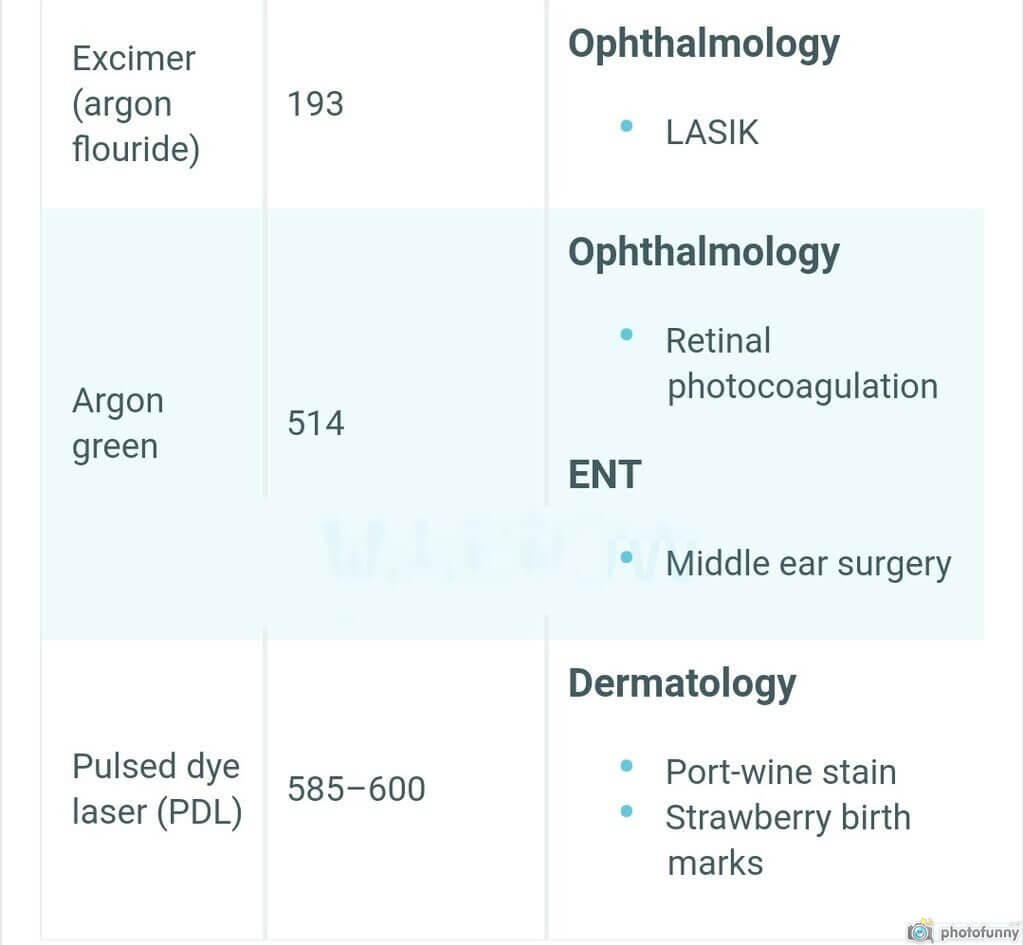
Lasers in Ophthalmology – Mnemonic
Order of decreasing wavelength Mnemonic: CHyNa PuRE The laser tissue interaction can be remembered in the reverse order using the mnemonic ACiDiTy. Carbon dioxide (CO2): 10600 (photoThermal) Holmium YAG: 2100 (photoDisruption) Nd:YAG: 1064 (photoDisruption) Pulsed dye laser: 585-600 (photoChemical) aRgon green: 514 (photoChemical) Excimer: 193 (photoAblation) Indications of Laser aRgon…

Definitions, Criteria and Classifications in Osteomyelitis
Morrey and Peterson’s Definition of Osteomyelitis Definite osteomyelitis: Positive bone or adjacent soft tissue culture or histologic evidence Probable osteomyelitis: Positive blood culture + Clinical & radiological evidence of osteomyelitis Likely osteomyelitis: Typical clinical and radiographic features of osteomyelitis responding to antibiotic therapy (in absence of positive culture) Peltola and…
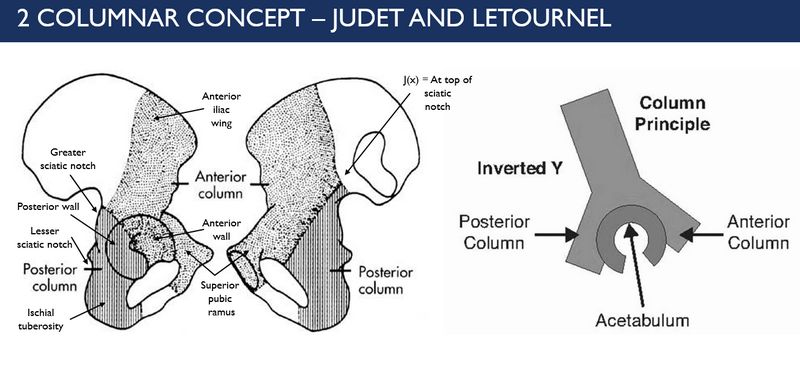
Column Concept of Acetabulum
2 Column Concept or Principle of Acetabulum (Letournel and Judet) According to this concept, “C” shaped acetabular structure is contained between the limbs of lamda [λ] or inverted “y”. The longer limb represents anterior column and the shorter limb represents the posterior column. The anterior and posterior walls are extensions…
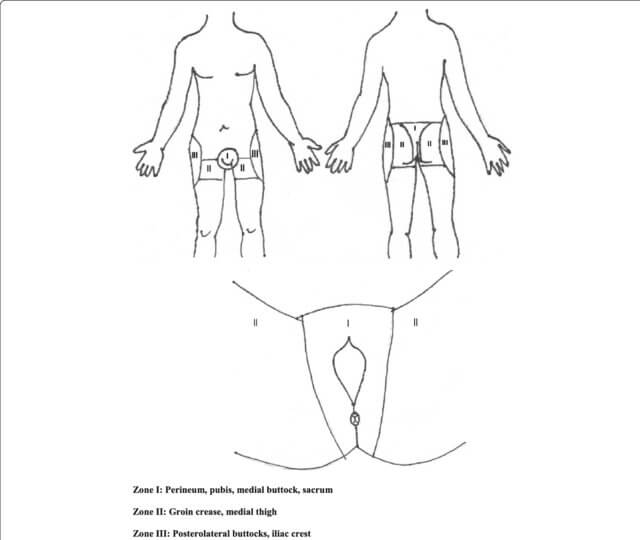
Open Pelvic fractures – Classification
General principles and classification of open fractures have been discussed earlier. The Gustillo-Anderson classification commonly used for the long bone fractures might not be suitable for open pelvic fractures. Jones-Powell classification It is based on the mechanical stability of the pelvic ring and the potential contamination of the open wound….
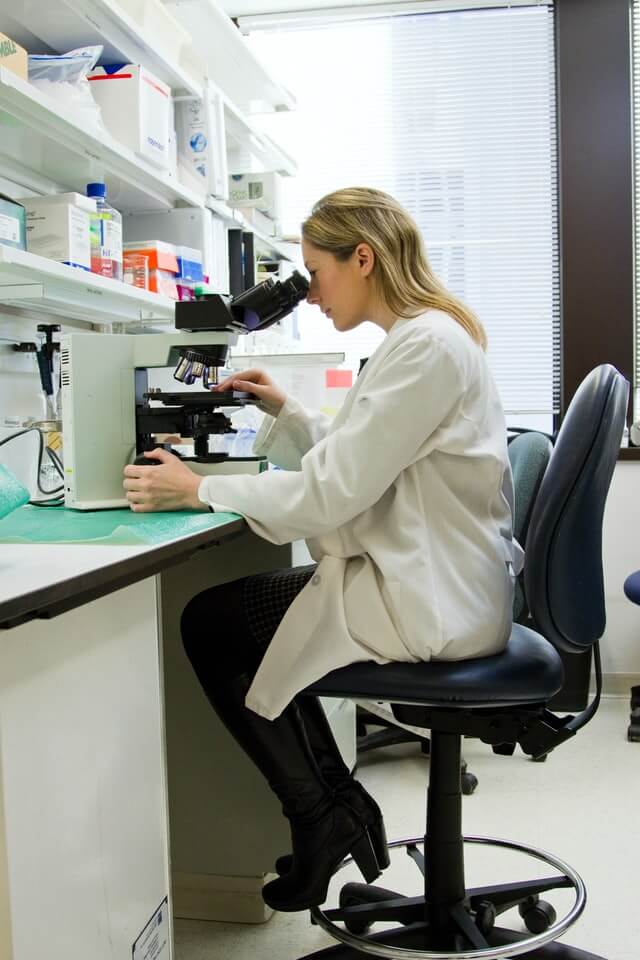
The Use of Stem Cell Treatment in Patients with Cerebral Palsy
At present, nearly 10,000 babies are born with cerebral palsy (CP) every year, with an estimated 764,000 children and adults displaying at least one symptom of the condition, according to the Cerebral Palsy Alliance. While significantly less data is available pertaining to the incidence of CP in Nepal, the symptoms, causes, and…
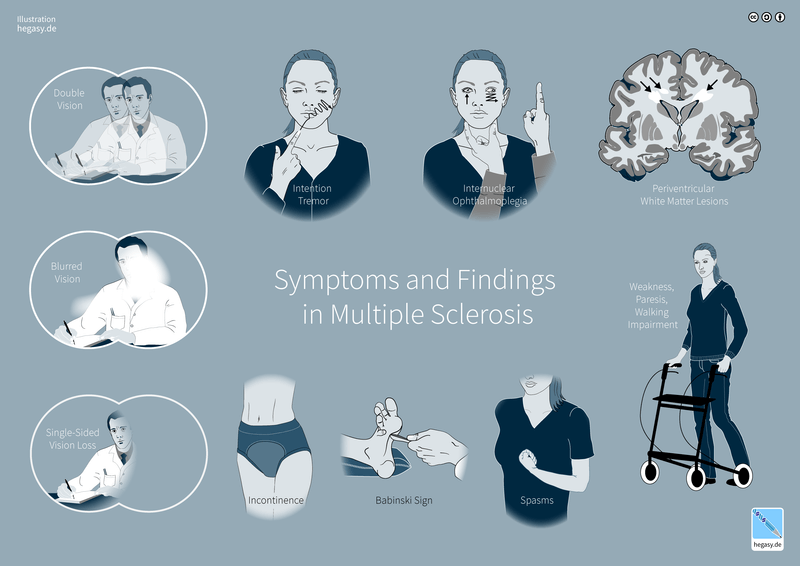
Tips to help you cope with the pain of Multiple Sclerosis
People with multiple sclerosis (MS) will inevitably face pain at some time in their journey. Unfortunately, there is no one relief that works for all. However, there are a variety of things you can try to help. Continue reading for our top tips which we hope will help you to…
